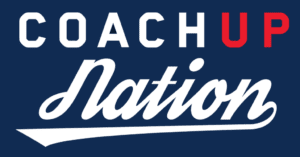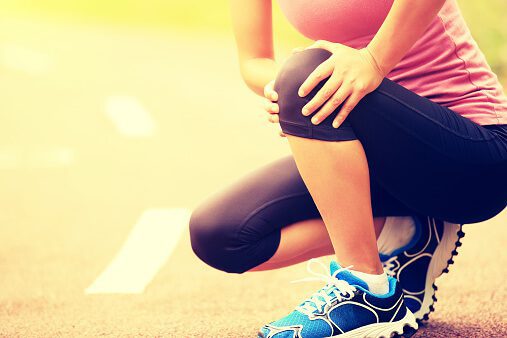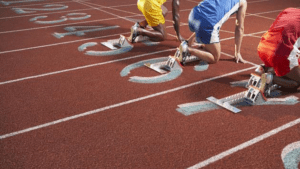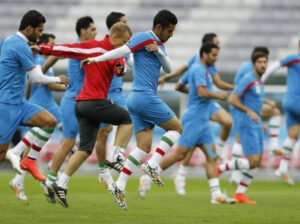In today’s go-hard-or-go-home youth sports environment, resting isn’t always easy for kids trying to make the varsity team or keep their starting spot. Most athletes aren’t going to let a little pain stop them from playing, but that might not always be the best decision. Athletes need to learn to listen to their body when it is telling them to slow down. Dr. Wendy LeBolt, a physiologist and soccer coach, shared questions athletes should ask when they start feeling pain:
- What is the nature of the pain? How does it feel? Sharp? Dull? Burning? Aching?
- What is the severity of the pain? On a scale from mild to excruciating…(1-10)
- Where is it located? Point to it. Can you put your finger on it? Draw a circle around it?
- When did it start? How long have you had it? Is it showing any improvement?
- Does it come and go? Sustained? Go away with warm-up? Enhance during training?
- Is it pain you’ve felt before?
Dr. LeBolt says, “It’s beyond my pay grade to diagnose injury based on an athlete’s answers to these questions. Sudden (rather than delayed onset) pain is always concerning. Significant pain that doesn’t show improvement after rest over a few days to a week, should be checked out by a medical professional. Knowing the answers to the questions above will help with the diagnosis.” Keep these questions in mind next time you are feeling sore. Listen to your doctor, and don’t be afraid to call or make an appointment no matter how small the pain. Pushing through pain can increase injury severity in some cases. To decrease the impact of delayed onset muscle soreness with your players, Dr. LeBolt suggests trying these five strategies:
- Perform a 5-10 minute cool down after every training session and competition. Gentle movement after training increases blood flow, oxygen and healing nutrients to areas with micro-trauma.
- Stretch after training. Tight, warmed muscles respond well to stretching for recovery with enhanced range of motion and flexibility.
- Self-massage or foam rolling flushes areas of micro-trauma. This reduces soreness, probably by preventing elements of “repair” from staying in the damaged tissues.
- Insist they hydrate! Plenty of water is what the blood needs to maximize flushing.
- Ice baths? Some athletes swear by them. Cooling the hard-working limbs and even spending time with feet and legs elevated can help with circulation, blood flow and recovery.
Read her full article on SoccerWire.com for more information.
How useful was this post?
Click on a star to rate it!
Average rating 1 / 5. Vote count: 1
No votes so far! Be the first to rate this post.



